Callie Easterly’s work at The Conservation Fund is helping to expand hunting and fishing access on a national wildlife refuge by more than 12,000 acres—read the latest Q&A in our Women Conservationist Wednesday series
We love talking to women in the conservation workforce who are very clearly forces of nature themselves. Callie Easterly, a native Texan and the senior major gifts officer at The Conservation Fund, is no exception.
Forget for just a moment that she runs an incredible hunting lodge for the organization, hosting small parties of waterfowl hunters to showcase the benefits of wetland restoration projects. Now consider that in the span of eight years she went from receptionist to executive director of a nonprofit focused on getting inner city kids outdoors and in touch with their food. That’s before she helped build a sustainable grazing program on conserved lands in the unique Gulf coastal grasslands of Texas.
But back to that hunting lodge. It’s on the 12,376-acre Sabine Ranch, which will soon be added to McFaddin National Wildlife Refuge as public land open to hunting, fishing, hiking and birdwatching. And Callie helped raise the more than $30 million needed to piece the original ranch back together and convey the land to the U.S. Fish and Wildlife Service.
Her story is so compelling, it’s no wonder she can convince people to open their wallets for conservation. She shares a little bit of that story with us here.
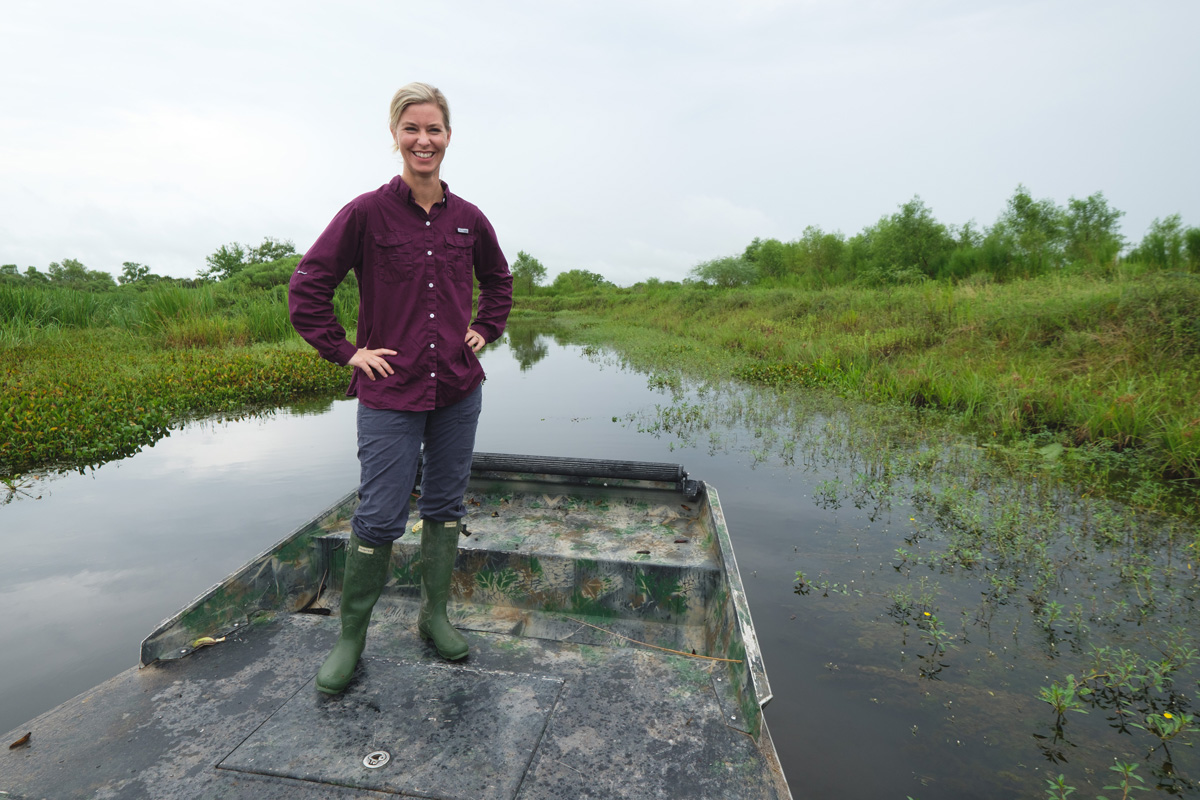
TRCP: How were you introduced to the outdoors?
CALLIE EASTERLY: I grew up in a small town outside Houston with a lot of rice farms, and I started hunting deer with my dad on the Thanksgiving holidays. Our local grocery store offered these individual meat lockers to store your venison, and we basically lived off what we harvested. I shot my first deer when I was 9 years old and totally got the bug.
For a while, I lived in Seattle and did more fishing, but when I came back to Texas and met my husband—he’s an avid outdoorsman—I really got back into hunting. And I was able to marry it with my lifelong interest in gardening and knowing exactly where my food comes from.
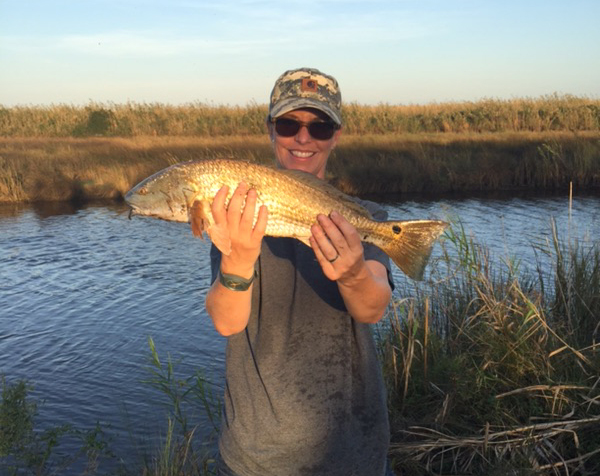
TRCP: And what led you to work in conservation?
EASTERLY: It started out as kind of a fluke. I was working with adults with disabilities and interpreting sign language, and I loved being able to help people communicate, but I really felt like I was missing out on sharing this growing passion I had for gardening and food security. I didn’t know exactly how I was going to do it, but I quit my job and ended up working as a receptionist for a Houston nonprofit called Urban Harvest, which builds gardens at inner city schools and takes kids into the outdoor classroom to learn about nutrition.
After only a few weeks, their fundraising person quit and they needed someone to write a grant application—so I tried it. We got the grant and things just took off from there. By the end of my eight years there, I had become executive director and was meeting a lot of inspiring people in the food movement.
Eventually, I wanted to do more with sustainable agriculture, and I got the opportunity to go back to my roots—literally my hometown of Katy, Texas—and work for the Katy Prairie Conservancy. One of the preserves is a working cattle ranch, where I was able to build a program that uses cattle as a land management tool for the benefit of other wildlife and water quality. And when I got the call from The Conservation Fund, I’d been consulting for a number of organizations on how to harness those Gulf oil spill recovery dollars to improve wildlife habitat and shellfish populations. So, it’s been a slow growth into my role at Sabine Ranch today.
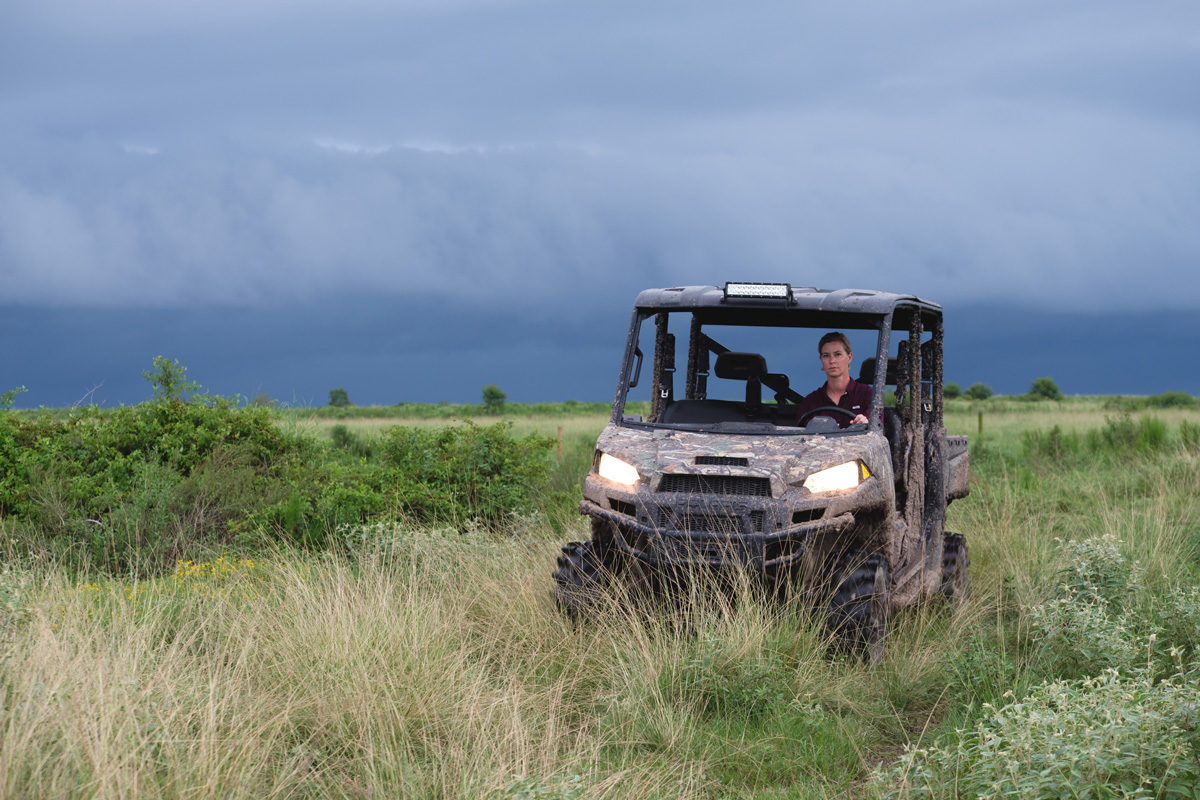
TRCP: So, why take people hunting to get them support the project?
EASTERLY: I think it helps to highlight hunting and conservation as a nice marriage of ideals. Actually bringing guests out into this fantastic waterfowl habitat to do something they enjoy helps them understand what we’re doing and why expanding the refuge is such a big win for Texas.
The habitat is unbelievable. The ranch is a key part of the largest contiguous marsh system in Texas, which buffers inland communities from saltwater intrusion and sends freshwater flows to the rest of the refuge. When The Conservation Fund purchased the land, it had been managed to almost pristine condition by the previous owner, and here’s how we could tell: Just three weeks after Hurricane Harvey in 2017, this land was bone dry. The wetlands were working exactly like they are supposed to, filtering stormwater and pushing it out to the Gulf cleaner than it was before.
I believe every problem in the world can be solved with education, and taking people on an epic hunt rarely fails to make people feel like we’re all in this together. The hunt itself is really fun, but it’s also a palatable introduction to conservation for many people.
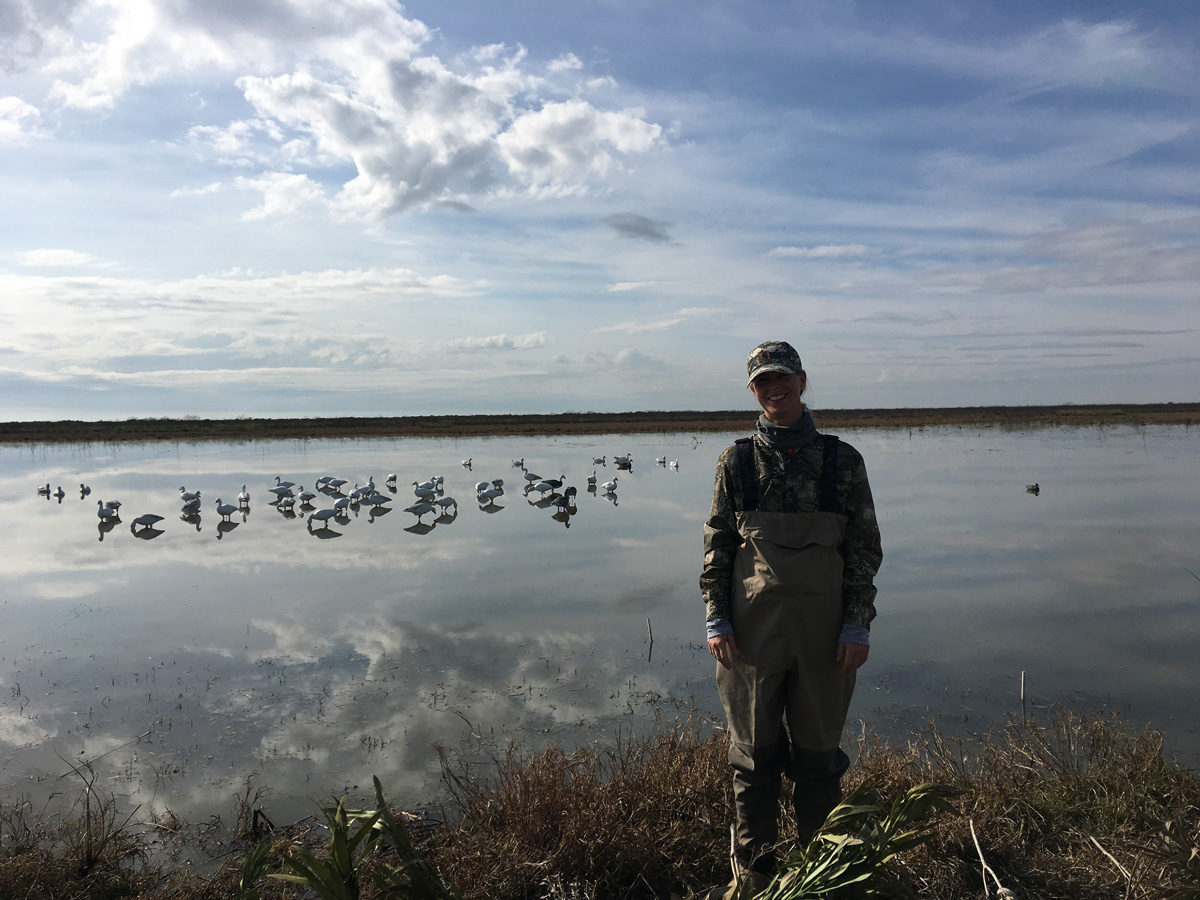
TRCP: How do you think we can do a better job, as conservationists?
EASTERLY: We need to tell better stories. We need to broaden our target audience and, as nonprofits, be more accepting of smaller gifts—we’ll meet more potential champions in the process. I talk to young people and see what resonates with them. I might practice a pitch with a friend who doesn’t hunt and just watch for the moment they raise their eyebrows.
For a long time, the environmental movement has meant “no, no, no.” That “no” has alienated a lot of folks. We have to say “yes” sometimes. Cities have to grow, so we explain why some places should be conserved. You illustrate how the health of habitat and wildlife is connected to the health of cities. We paved over some prairies and now there are no geese; there’s no hunting. Houston didn’t grow up, it grew out—we paved over wetlands and now we’re flooding. You explain that it’s hard to go back.
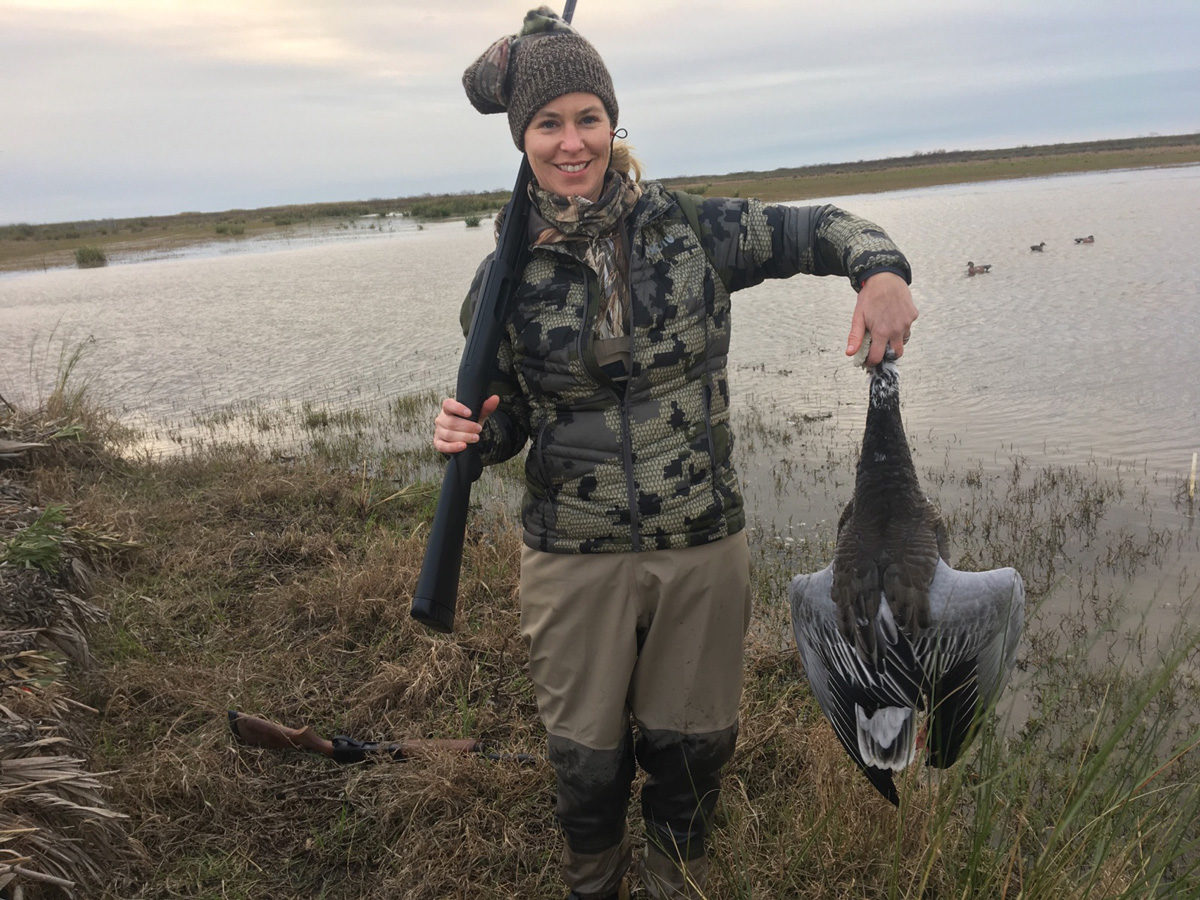
TRCP: So many women are taking up hunting in adulthood because of their interest in knowing where their food comes from. How can a beginner find the confidence to get outside on her own and just go for it?
EASTERLY: I’ve felt that lack of confidence, too—you have to give yourself over to it and allow yourself to make mistakes. You’ll miss. You’ll use the wrong fly. It’s trial and error. The moments you improvise because you forgot some gear or fall in and get soaking wet are going to be the most memorable anyway.
I don’t know how we tell ourselves it’s OK to fail. All I know is that sometimes you’re in the marsh getting eaten alive by bugs, and you’re calling and calling and nothing comes in. It’s not your spread, there’s just no ducks. It won’t be the most epic experience every time.
So, focus on the camaraderie of being up before dawn, passing a thermos of coffee around, being cold and sleepy together, telling stories, and watching the sun rise with friends. You can’t force the perfect hunt. In the morning, when you’re excited about the mere possibility of what the day may hold—make that feeling endless.
Photos by Shannon Tompkins

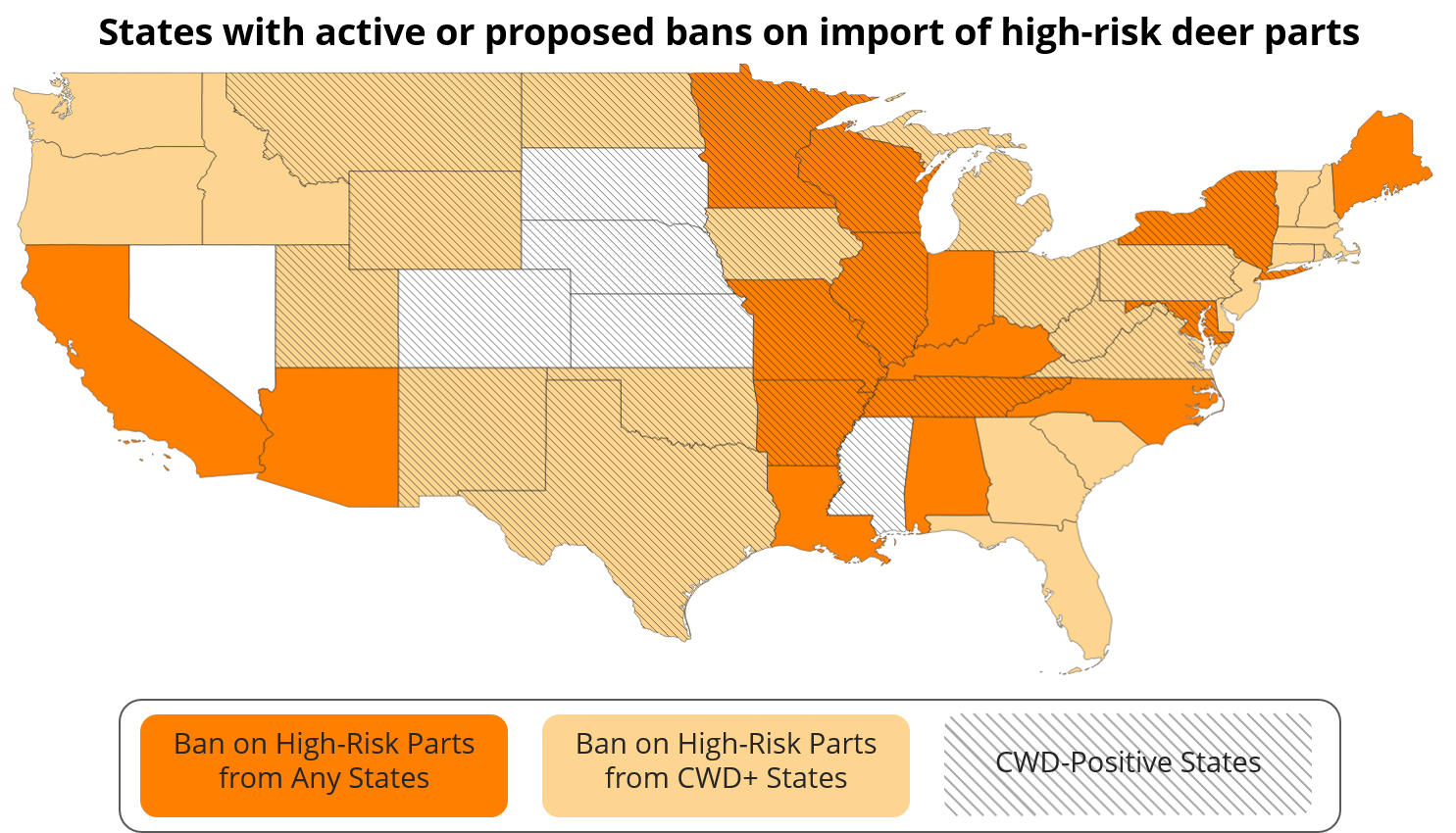
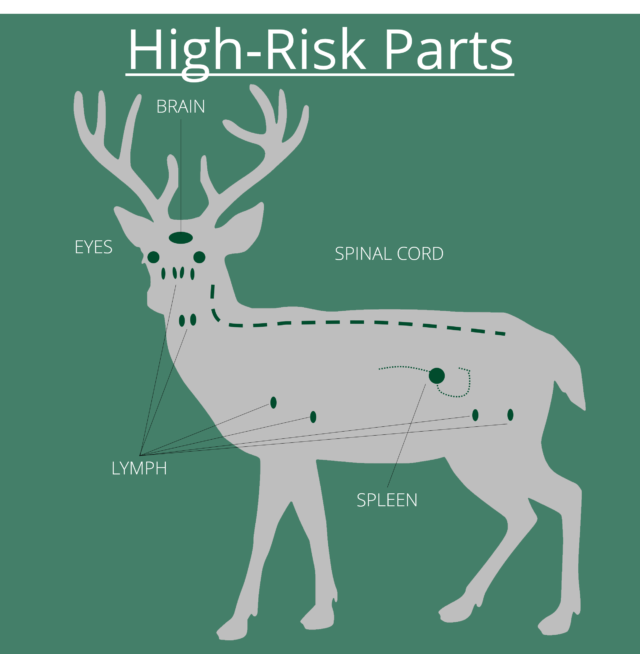
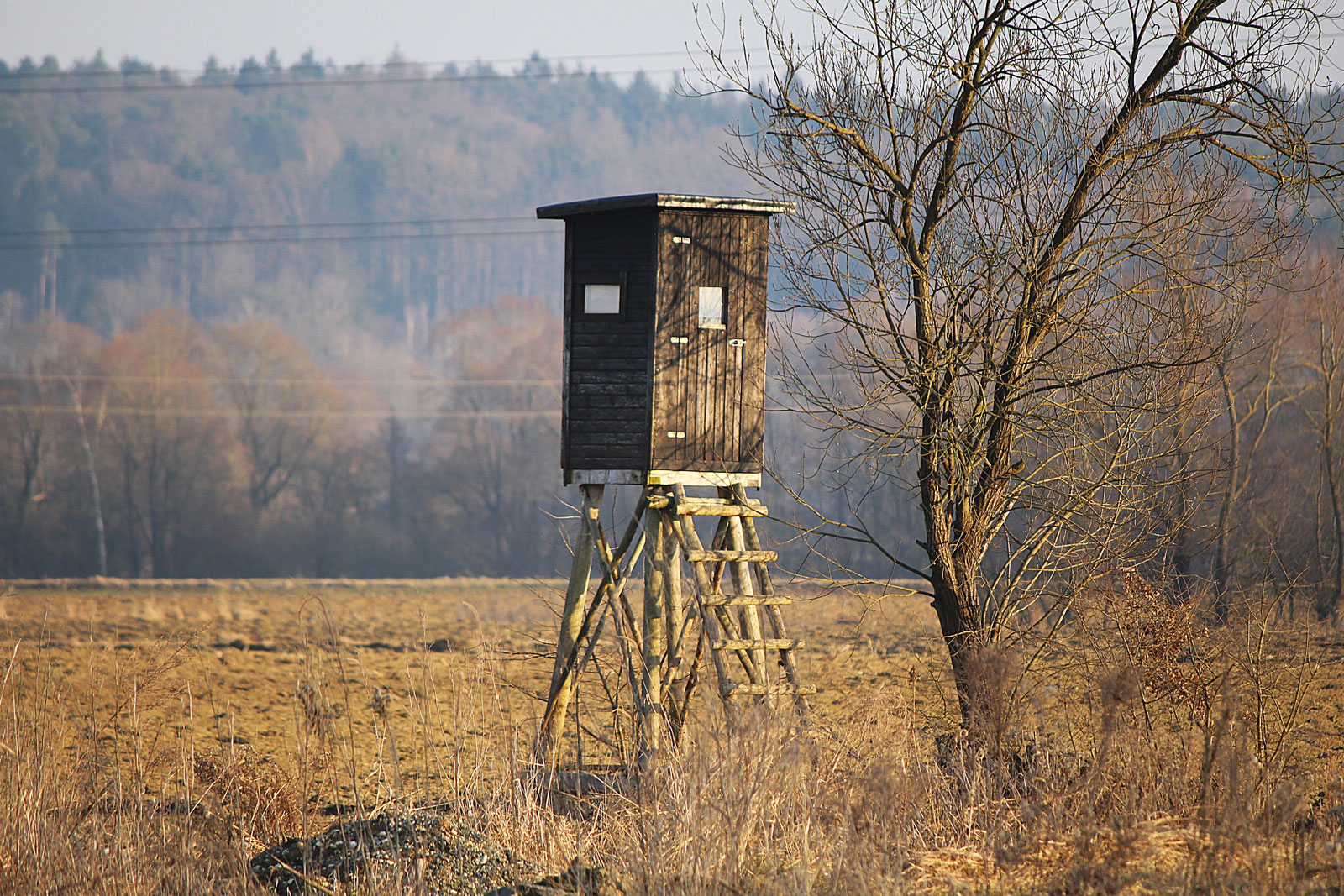
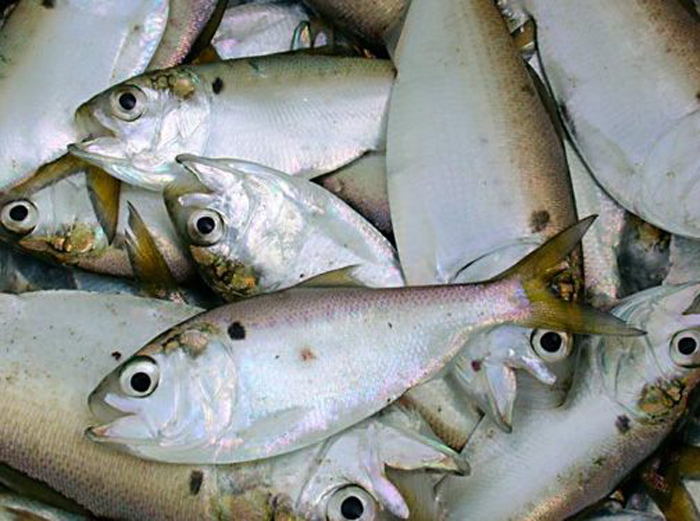
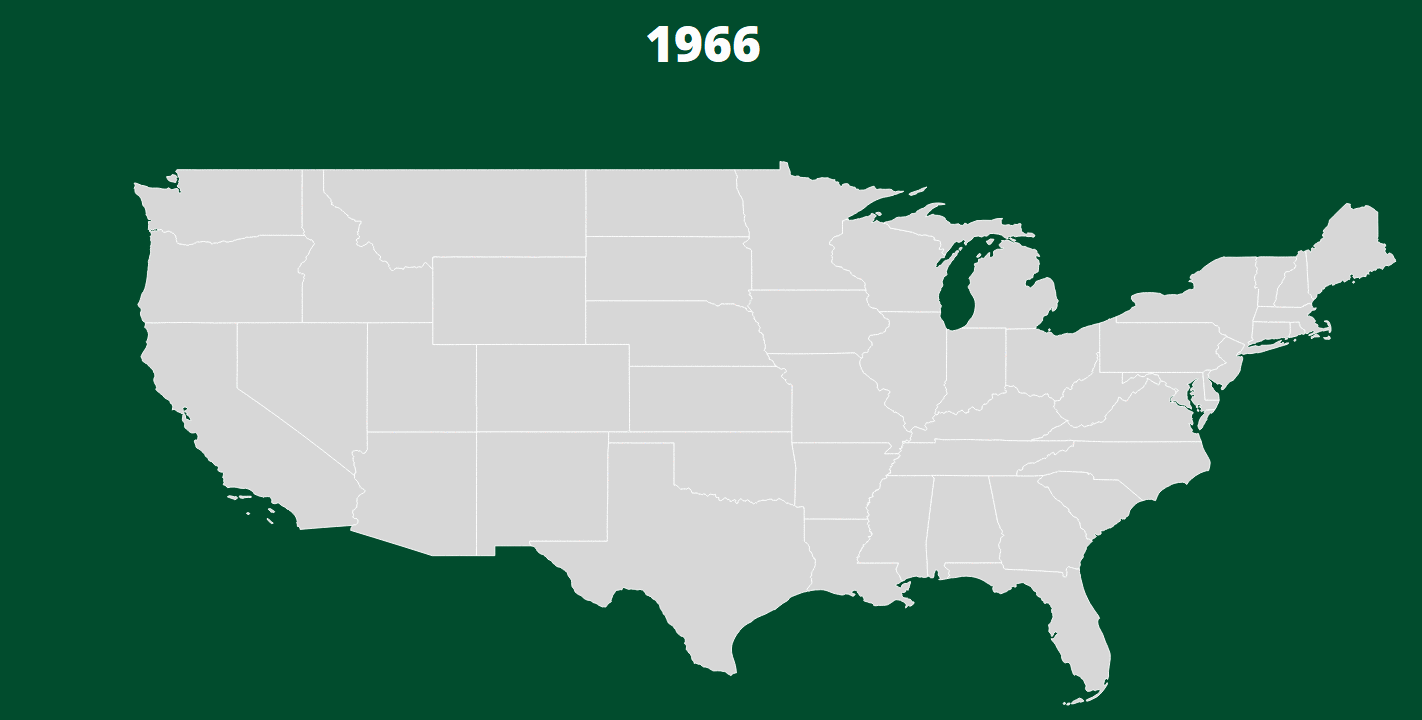
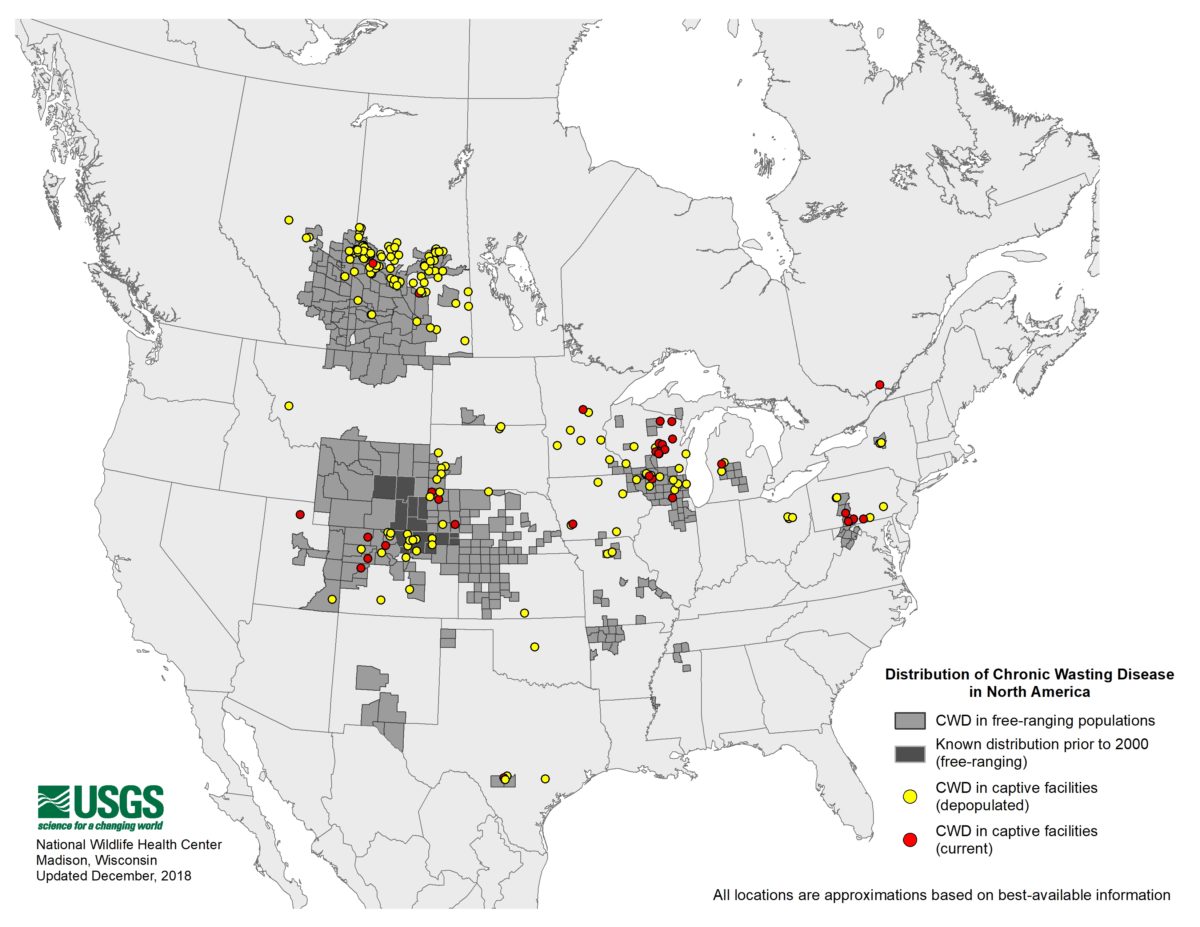
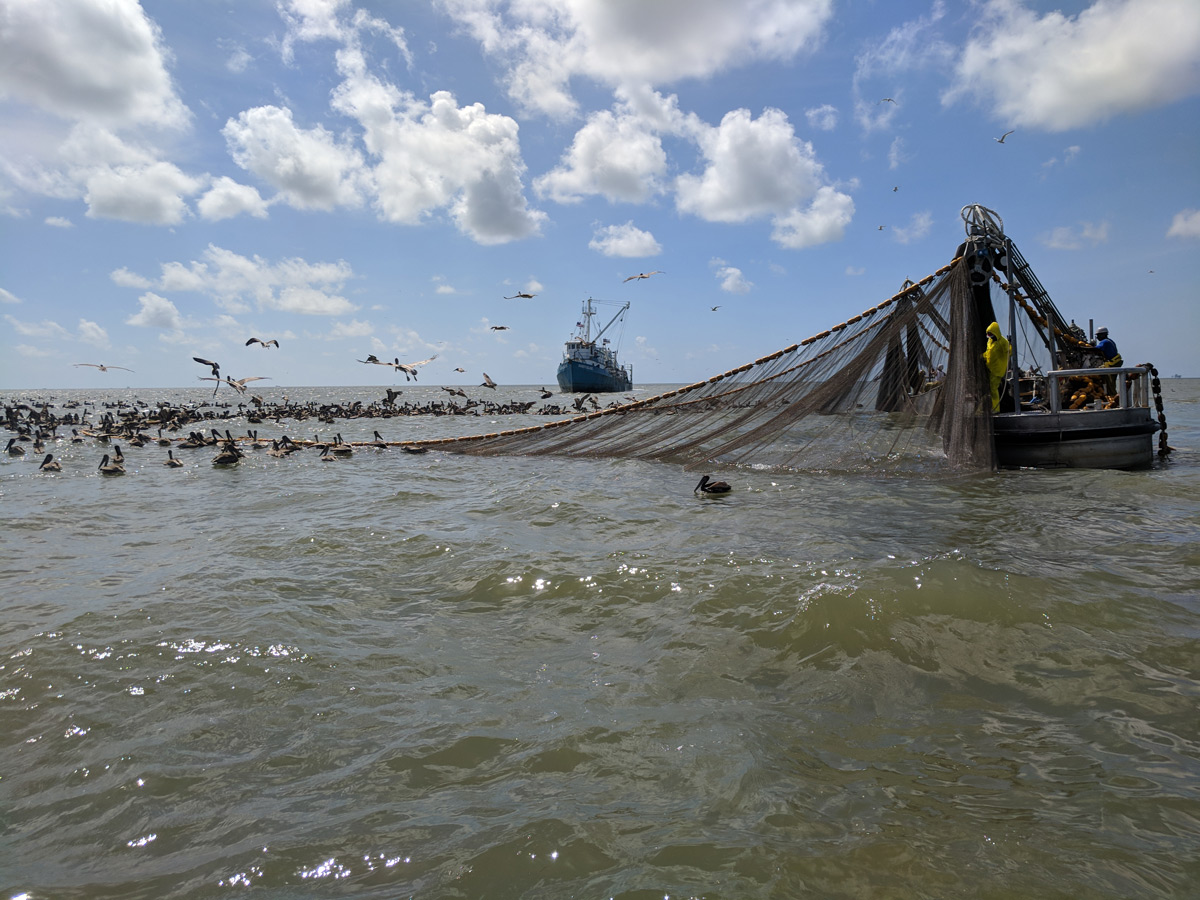
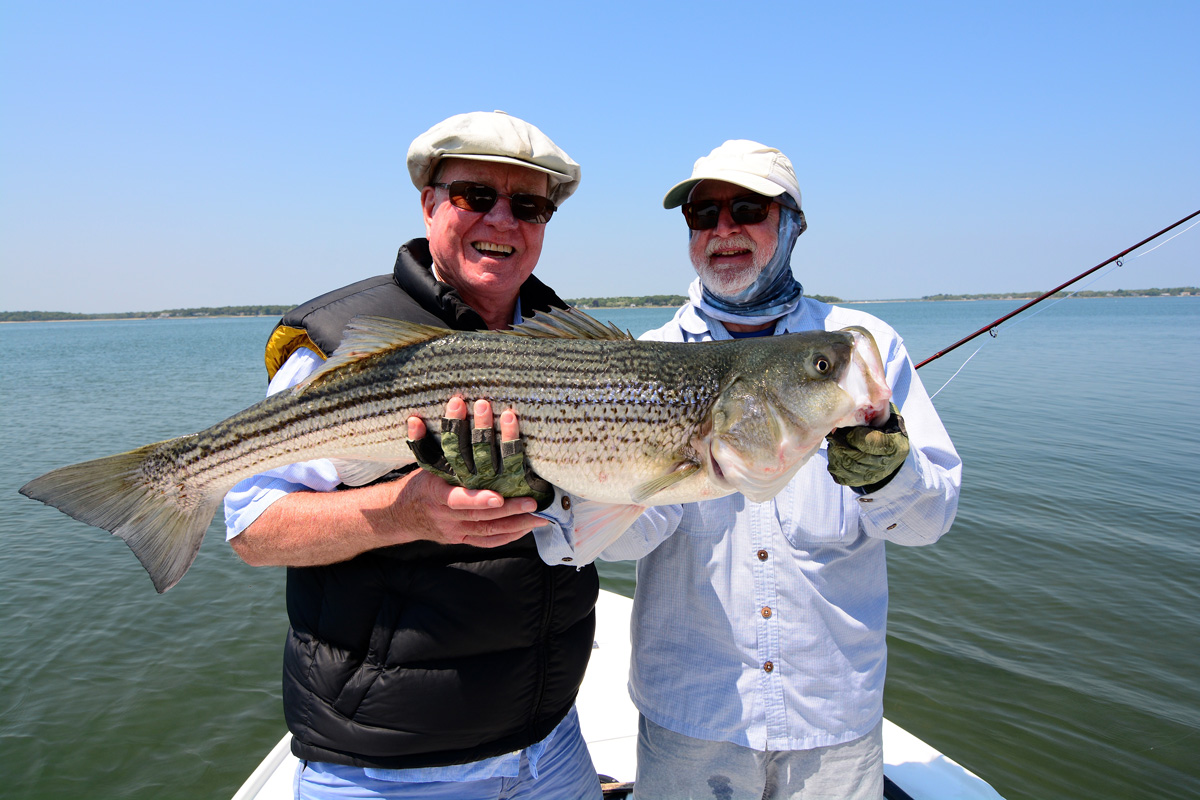




Nicely done! We need more posts from young mentors to inspire others.
How can I support her and her mission? I love on the Texas gulf coast
Great question, Drew. You can support Callie’s work here. At the bottom of the donation form, check the box for “I would like to make this a tribute gift” and enter “Sabine Ranch” in the Tribute Name field.
Please keep these stories coming! People need to see conservation success stories, and they need to see that women like Callie are key players in that success!